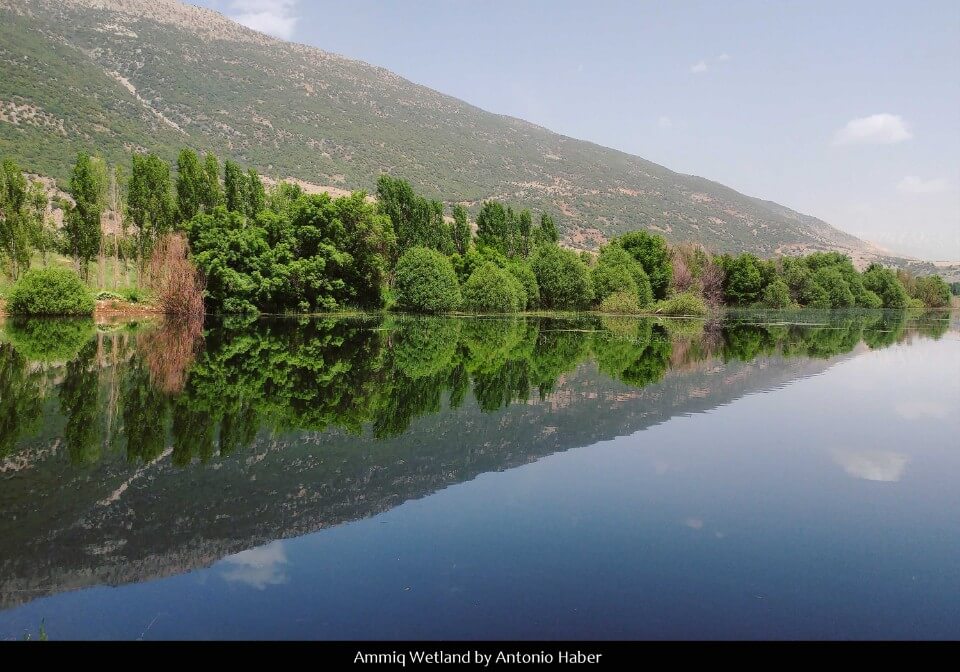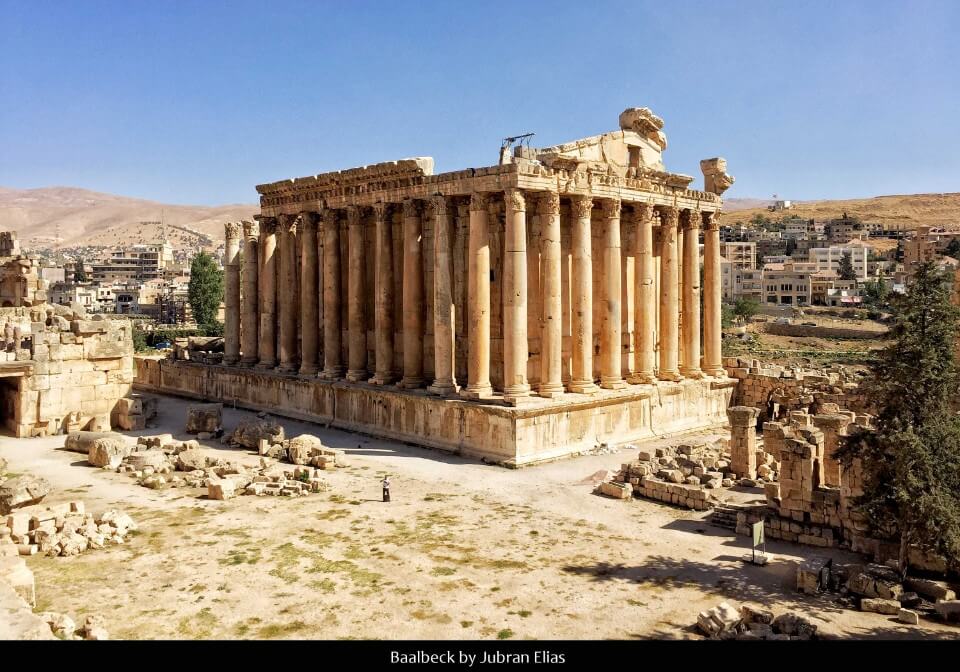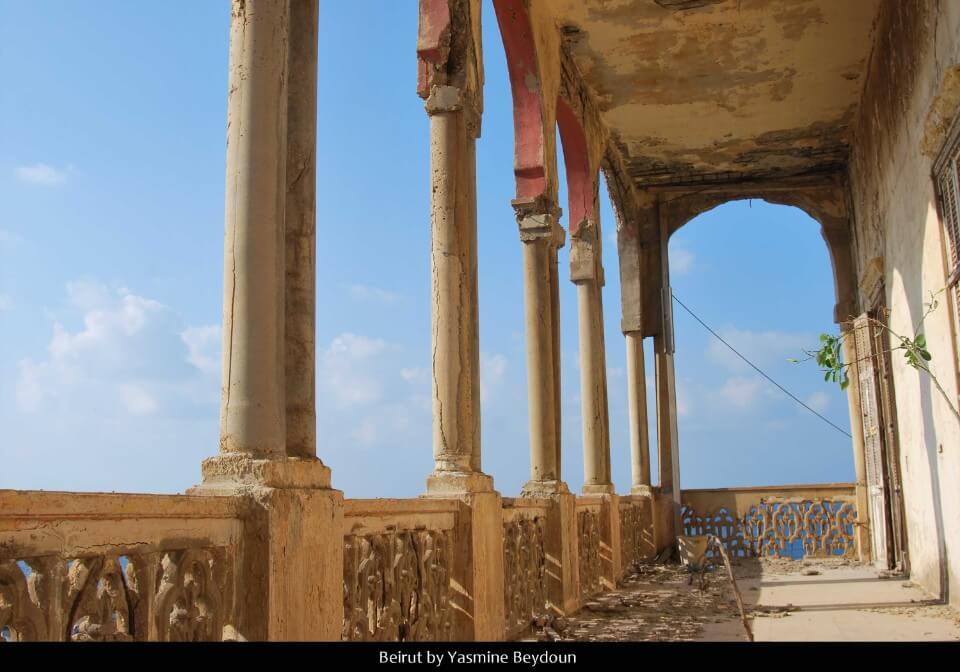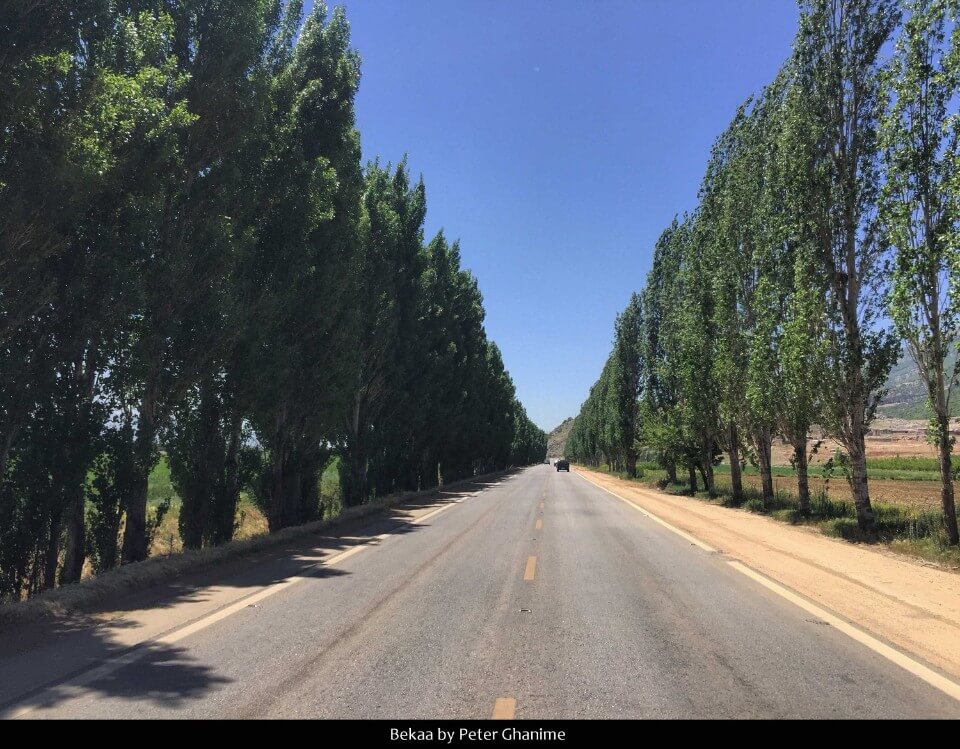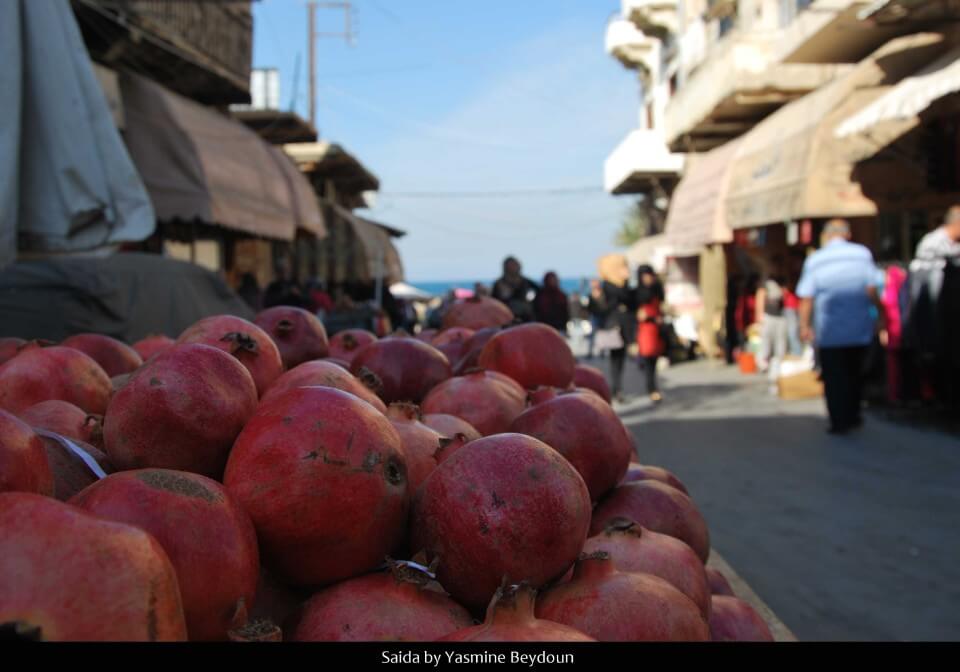Surrounded by olive groves and a large garden of mulberry trees, wild lavender and grape vines, is a beautiful old stone building that dates back to around 1890. Located in Bsous, the former silk factory is a remnant of another time, when silk production was one of Lebanon’s major trades during the 19th century and silk factories were dotted all over the country. Today, it is a museum that sheds light on the significance of Lebanon’s past silk trade and the process of creating silk. With the support of the Lebanese Ministry of Tourism, we take a tour.
The museum’s foundation
The museum was founded by husband and wife George and Alexandra Asseily. George’s family company Domtex was one of the largest textile businesses in Lebanon during the ‘60s, producing and selling sheets, blankets, towels and all bed and bathroom textiles and exporting around the world, so it was a natural interest in textiles that led to the museum’s foundation.
During the 1970s, George and Alexandra spent time in Europe visiting silk museums, which sparked a discovery of the importance of Lebanon’s former silk industry. “Silk used to constitute 45 percent of the GDP of Mount Lebanon, with 175 factories producing silk yarn in Lebanon, mostly for export. When I discovered that, I thought my God; we must have a museum where we can show how silk is produced and how important the industry was in Lebanon,” Asseily says from his office in Sanayeh. Upon returning to Lebanon they set up the NGO the Association of Memory and Development (aMED), with some friends, and began transforming the silk factory into a museum in which to organize exhibitions and educate on silk production.
Lebanon’s important silk industry
The Silk Museum reveals the importance of the silk industry and trade on Lebanon’s past economy to visitors, having its impact even on the city’s urban planning and social development. “Because of silk, Beirut Port had to be extended to allow big ships to come into the ship yard. Then the first bank came to Lebanon because of silk export. Saint Joseph University was also founded because the French came here in the 1840s, long before the mandate. They were looking for alternative silk sources because of a virus that killed sericulture in France,” says Asseily. He notes that when the French came to the mountains and discovered silk was already in production, they set up factories and started exporting silk to France. The Lebanese followed suit and a booming industry was born.
Silk production also had a role in shaping Lebanese society, particularly in Mount Lebanon, where the bulk of the country’s silk factories brought industry and a demand for workers, unbiased to gender, to a land mainly home to peasants. “It changed the social structure in Lebanon. Suddenly women started working in factories and so you had young girls going to work and starting to earn money. It had a big effect,” explains Asseily. With the opening of the Suez Canal in 1869, making trade lines from the Far East to Europe more accessible, the silk industry survived well until the early 1900s, when competition became tougher and factories slowly began to suffer in Lebanon, while trying to compete with the cheap prices and volume of silk coming from China and its surrounding countries. Factories started closing down at the beginning of the 20th century, and today there are no more factories producing silk. But the lasting impact of the silk industry remains in the country; it has shaped the capital city’s urban makeup and the country’s society.
The Exhibition
Every year, The Silk Museum opens in May, following the seasonal cycle of the silk worm. Their eco-museum shows visitors how silk is produced, detailing the process from silk worm to cocoon and how the fibers are extracted and weaved through an old loom into thread. It shows the ancient interaction between people and their environment to create the highly desired natural thread.
The museum also highlights the role of women in Lebanon in silk production, where they were responsible for receiving the eggs, gathering cocoons, feeding, observing and handling silkworms. Visitors can see the tradition of silk weaving, preserving an important part of the country’s history. Many families from Mount Lebanon used to be part of the trade, with hundreds of silk weaving looms in existence during the 20th century.
In addition, the Silk Museum holds an annual exhibition, showcasing silk culture from around the world. Past exhibitions have spotlighted the silk industry in China, India, Indo-China, Vietnam, Italy and France. This year, the exhibition “Souvenirs from the Silk Road” features a private collection of silk dresses belonging to Alexandra Asseily from China, India, Japan, Italy, France and Lebanon.
05 940767, thesilkmuseum.com
Open Tue-Sun, 10 am-6 pm
Where to eat
After a tour of the Silk Museum, enjoy a tea on the terrace. For a hearty lunch, eat at the nearby Al Sakhra Restaurant also known as Cliff House (05 270368) in Shemlan. Located in an old house dating back to the early 19th century, the restaurant offers traditional Lebanese mezze with an incredible view of Beirut.
What to see
Explore the small village of Bsous before continuing on the road to the towns and villages of Aley district, a popular summer holiday destination due to its charm and cool climate. Bdadoun has its own cultural legacy, the home town of legendary singer Sabah and poet Asaad el Feghali, known as “Blackbird of the Valley.” His sculpture is at the village entrance. Aley still attracts tourists for its antique shops, boutiques and traditional restaurants.
Loading









